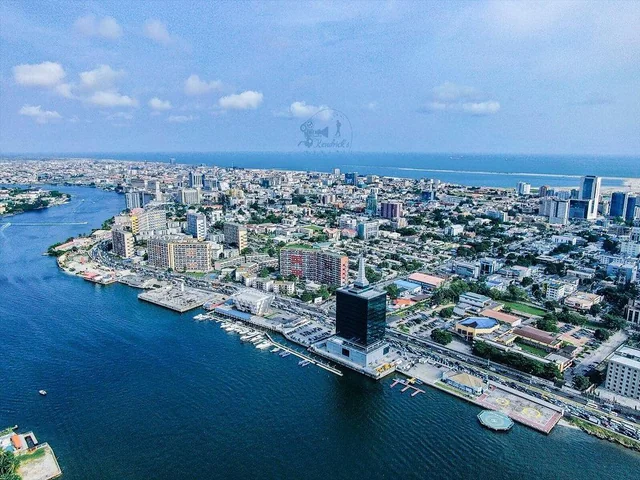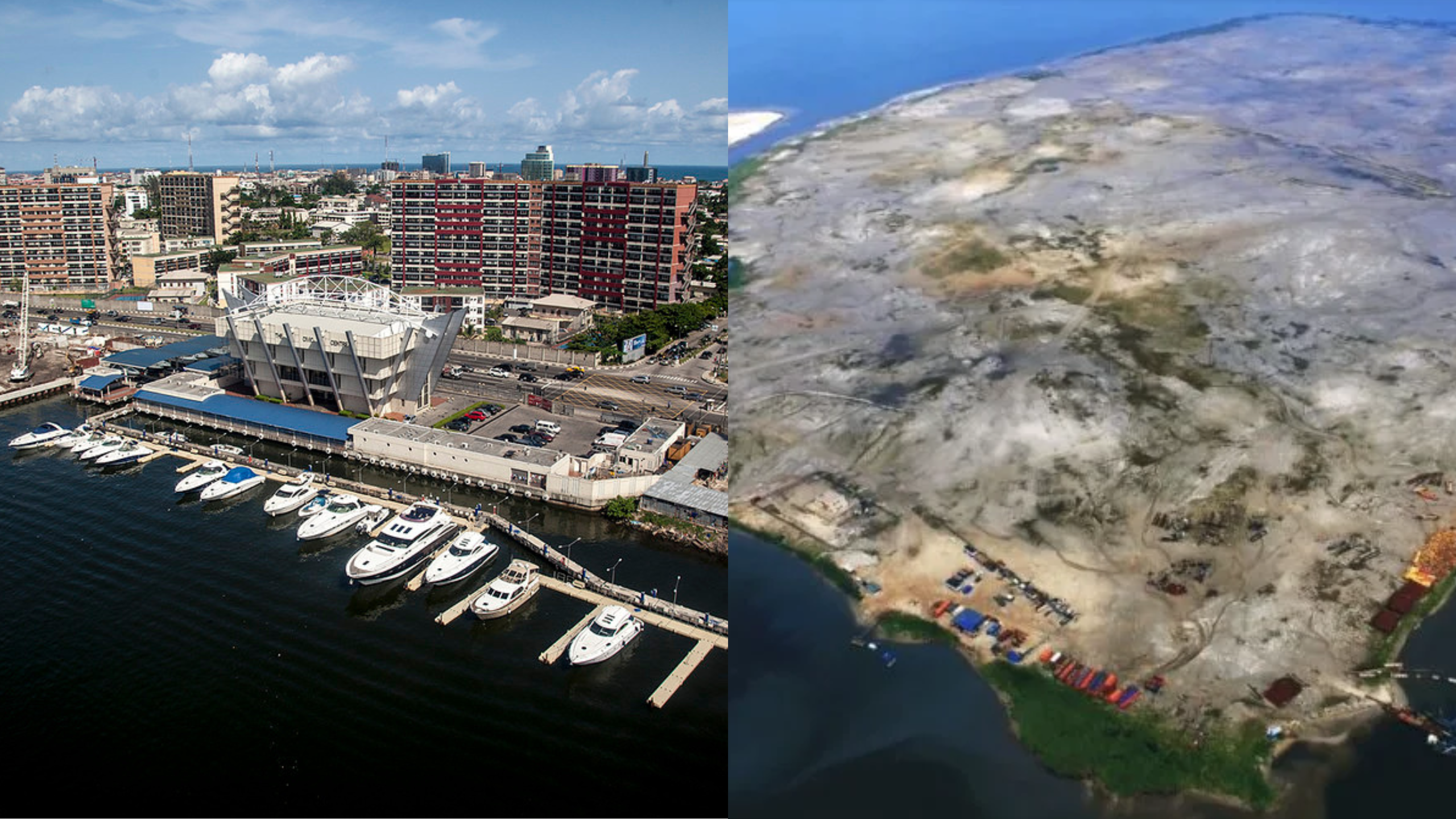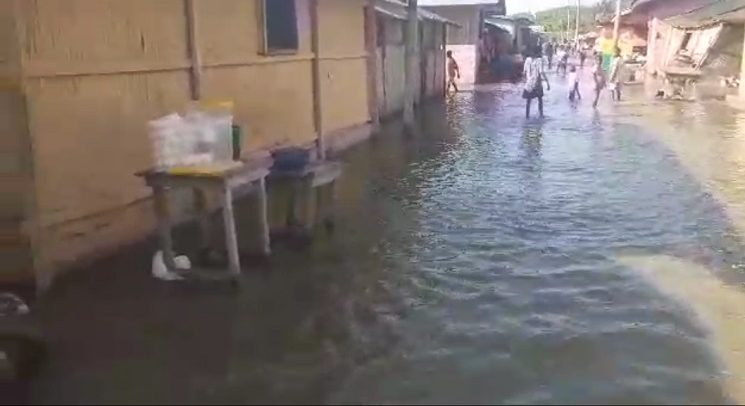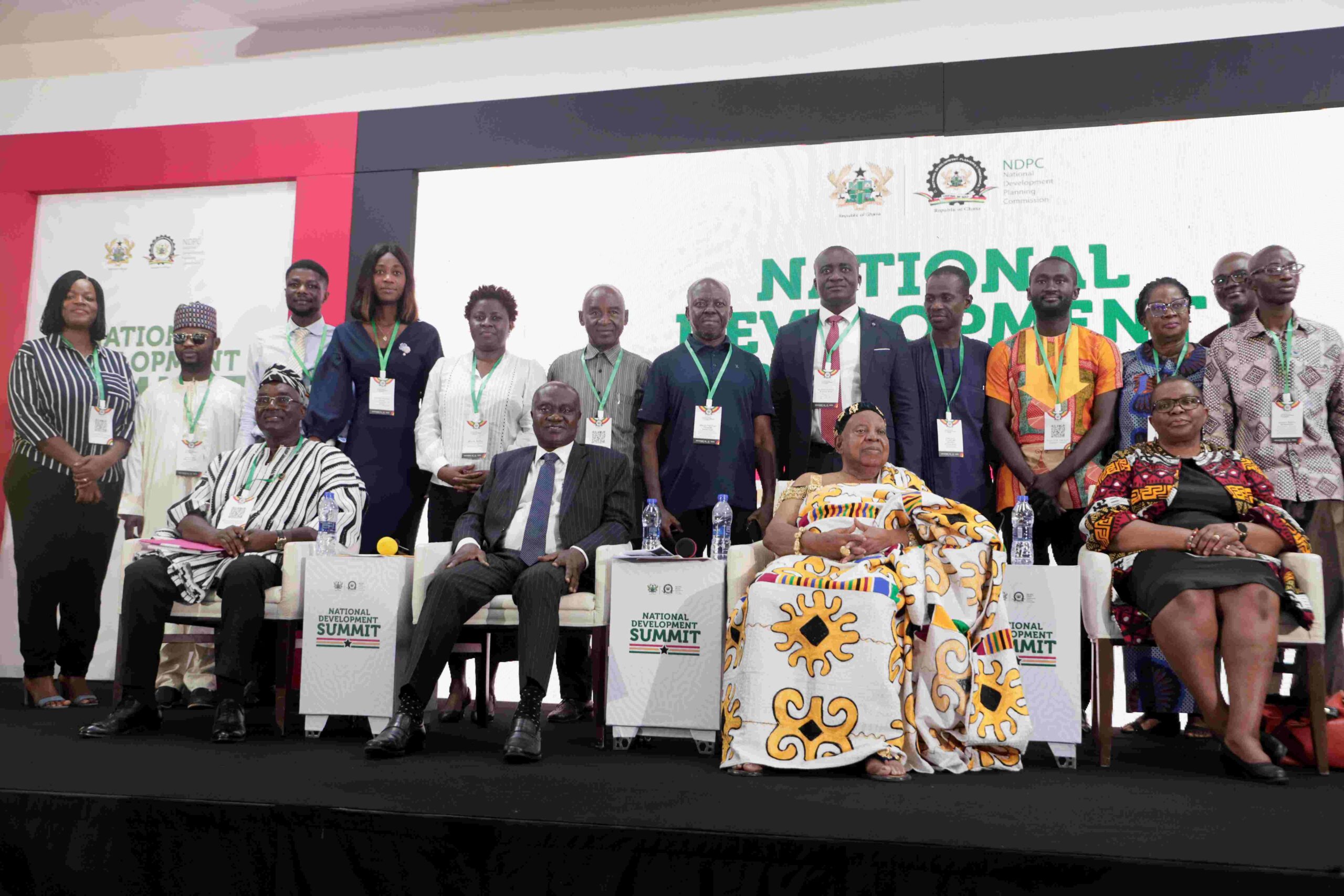

Lagos, home to over 21 million people, is at risk of being entirely underwater in the next 30 years.
The city of Lagos spans both the mainland and several islands, making it particularly vulnerable to rising sea levels and coastal erosion.
Lagos Island is one of the world’s fastest-sinking cities, alongside about 10 such cities identified by the Director-General of the Nigeria Hydrological Services Agency (NIHSA).
Also, an independent report from Climate Central, a U.S.-based scientific research agency, suggests that by 2050, half of the millions of people living in areas that experience annual flooding could be submerged by high tide.
Here's why Lagos may soon be submerged in water
Climate change
Lagos, with its low land-to-sea ratio, is especially vulnerable as sea levels continue to rise.
The Nigerian Conservation Foundation (NCF) has expressed concern that coastal cities less than one meter above sea level could be underwater by 2050 due to the ongoing ocean surge.
This aligns with projections by United Nations scientists, who predict that global sea levels could rise by one meter between 2030 and 2050.
ALSO READ: Discover the richest country in the world - It's smaller than Lagos State
Poor drainage
Beyond the obvious impact of climate change, what further exacerbates Lagos’ vulnerability to flooding is the poor drainage systems and trash-clogged gutters found throughout much of the city.
These issues worsen the flooding situation, particularly during heavy rains.

ALSO READ: Do you know the former names of Nigeria and other countries in the world?
Flooding of sand-filled areas
Almost every time it rains, certain parts of Lagos State—especially Lagos Island, the major commercial and residential hub—are always submerged in water.
This is because most of that area was sand-filled to create land.
The development of megacities like Banana Island, Eko Atlantic City, and Lekki pose risks to the ecology, as sandfilling or dredging disrupts the delicate balance.
Sand-filled areas are vulnerable to flooding, especially when located near water bodies or poor drainage.
Sand has high permeability, which means it can absorb water quickly, but it can't always handle heavy rainfall or rising water levels effectively.
Even in low-income communities like Makoko that are built on reclaimed wetlands, the risk of being submerged is even greater since the buildings are already highly prone to flooding.
The eroding coastline, poor drainage, climate, and other issues culminate in the possibility of Lagos sinking.
These combined factors highlights the need for proper flood management strategies in Lagos.
Read Full Story
























Facebook
Twitter
Pinterest
Instagram
Google+
YouTube
LinkedIn
RSS